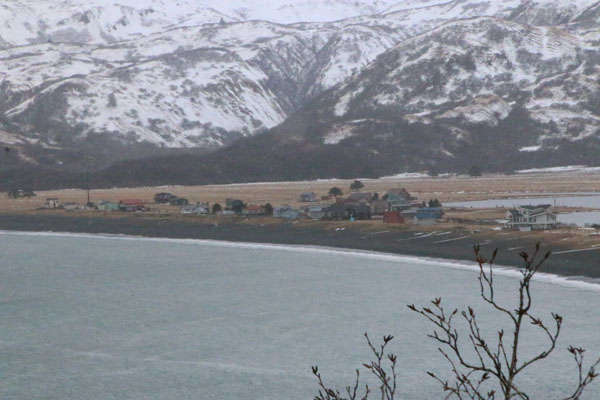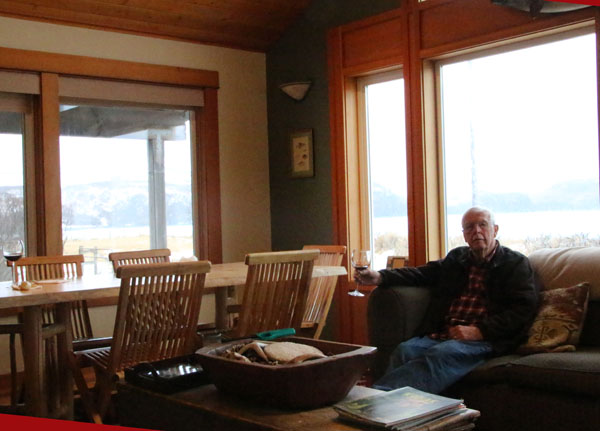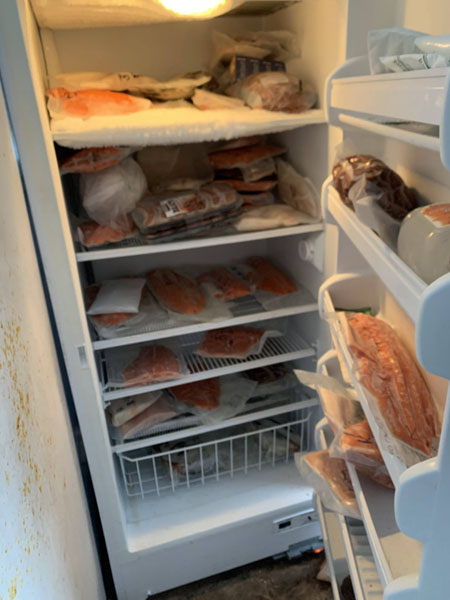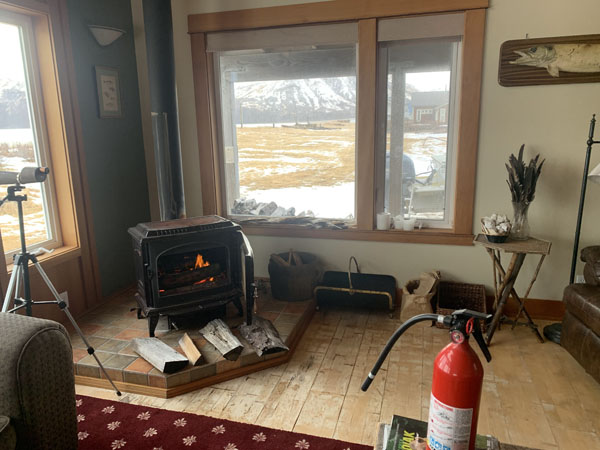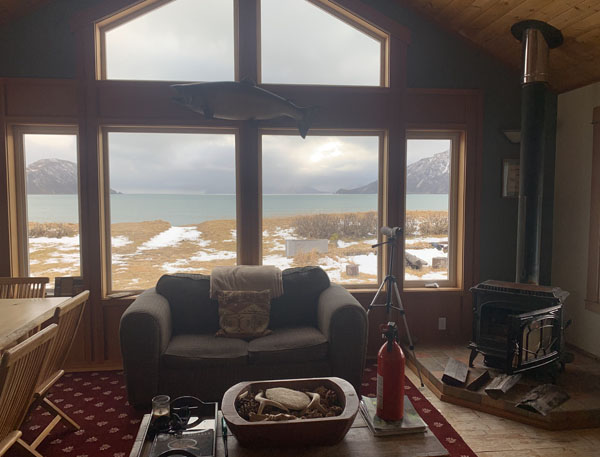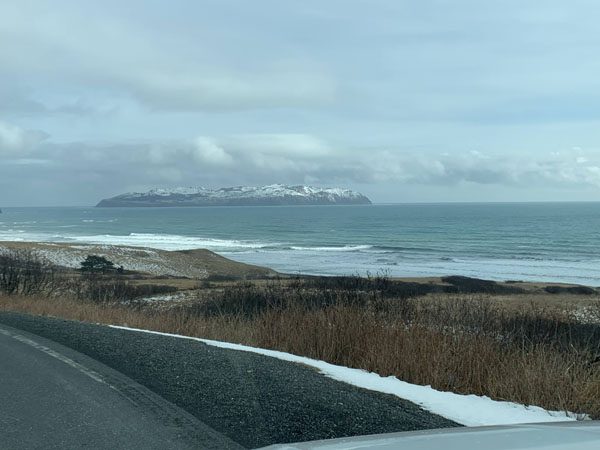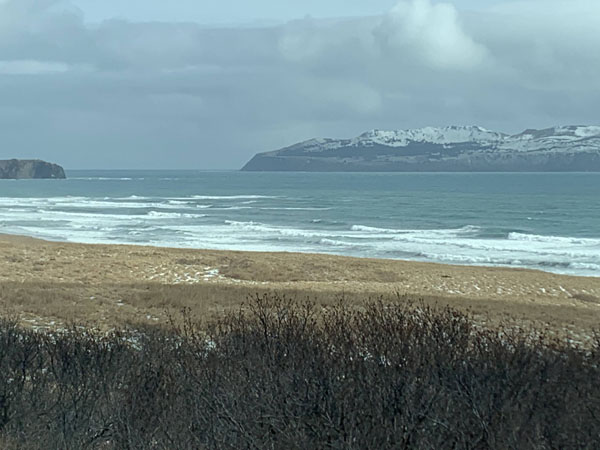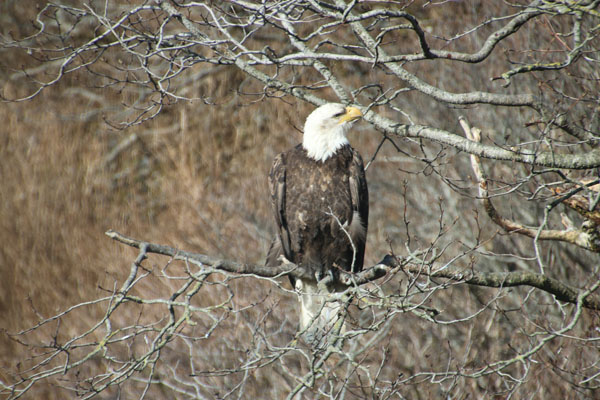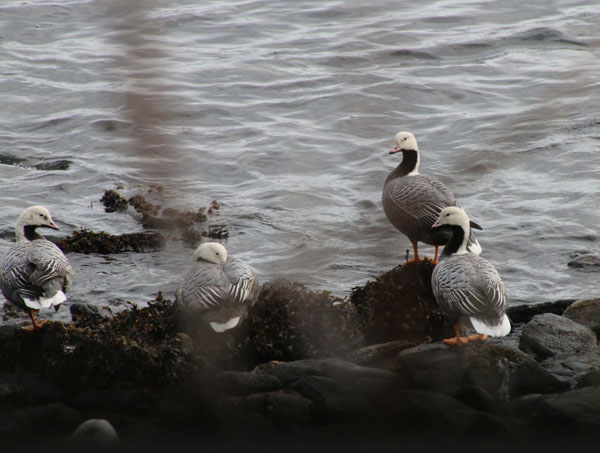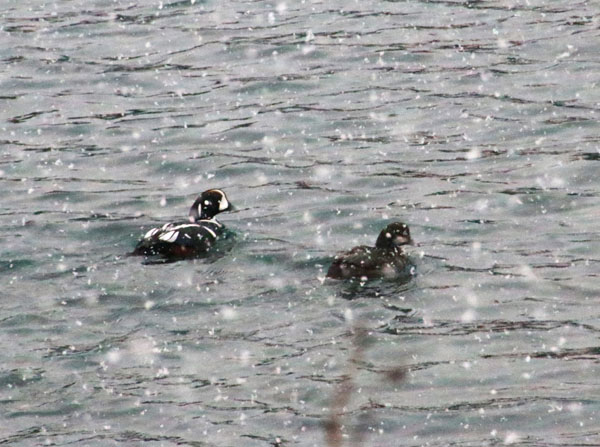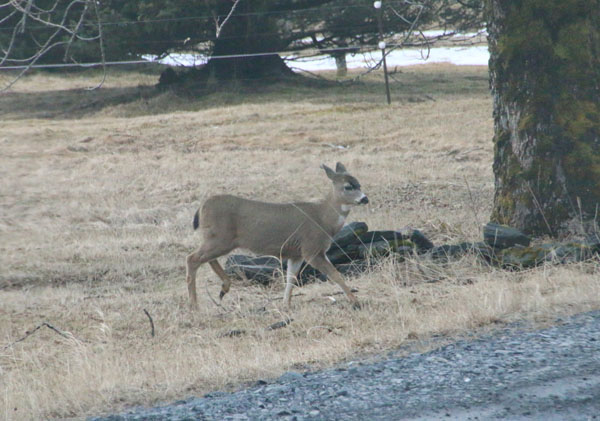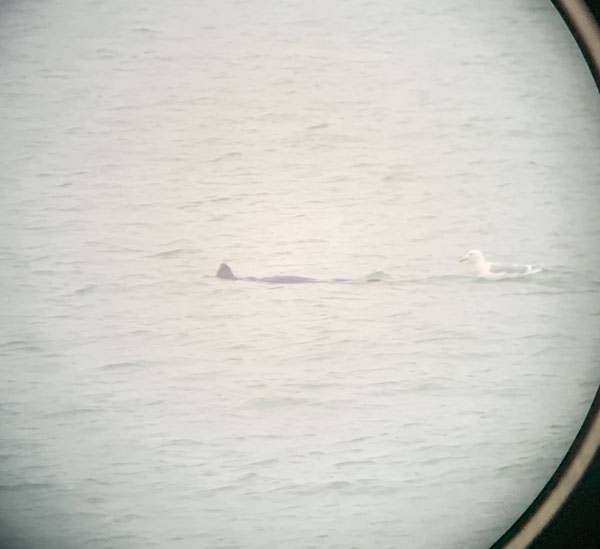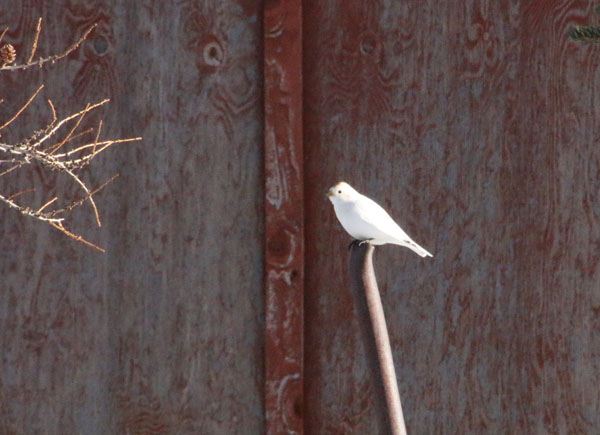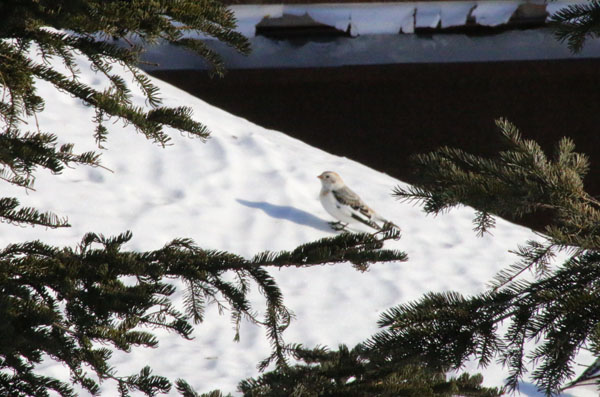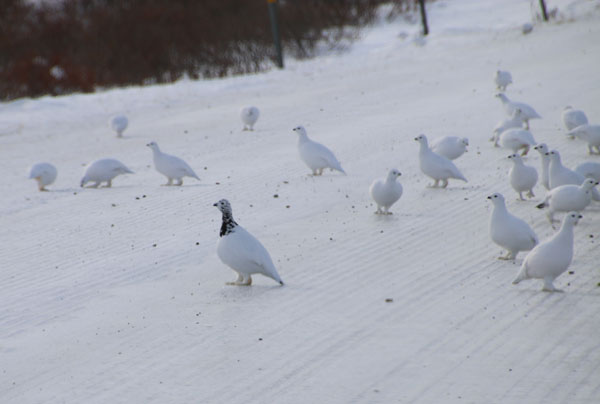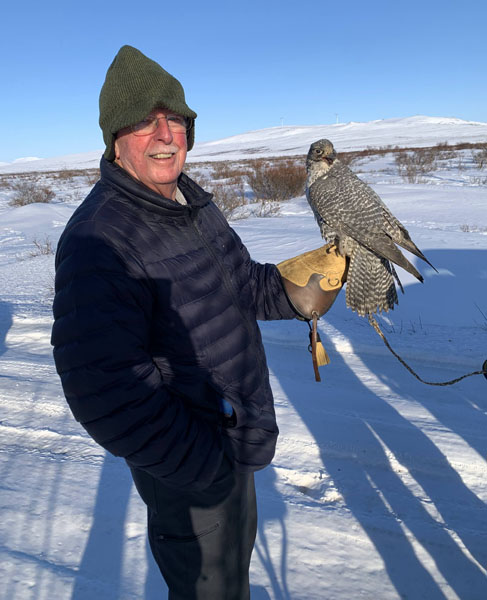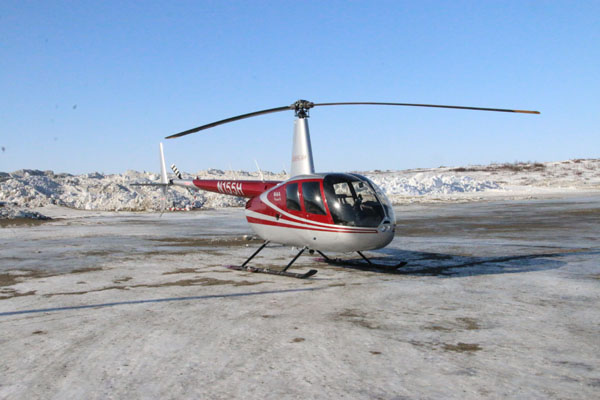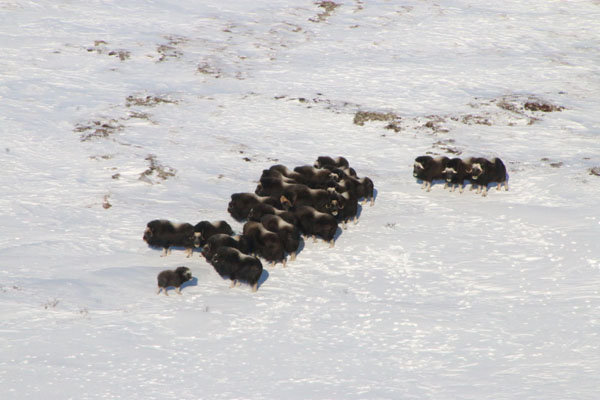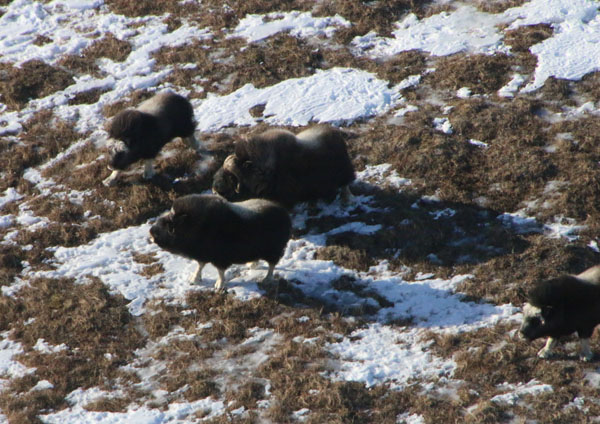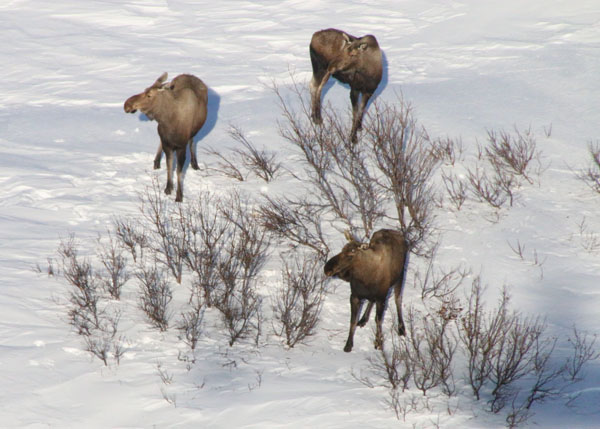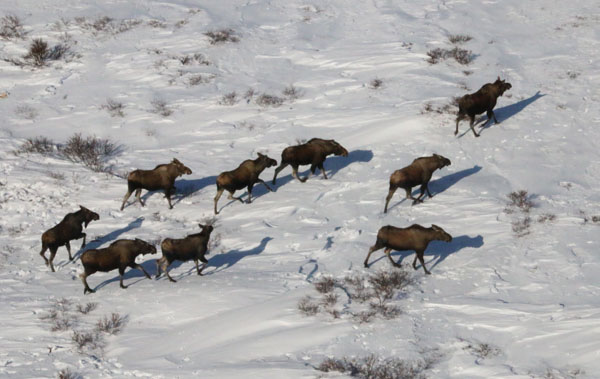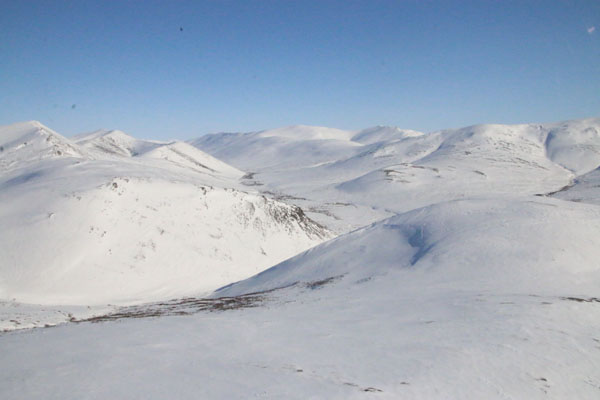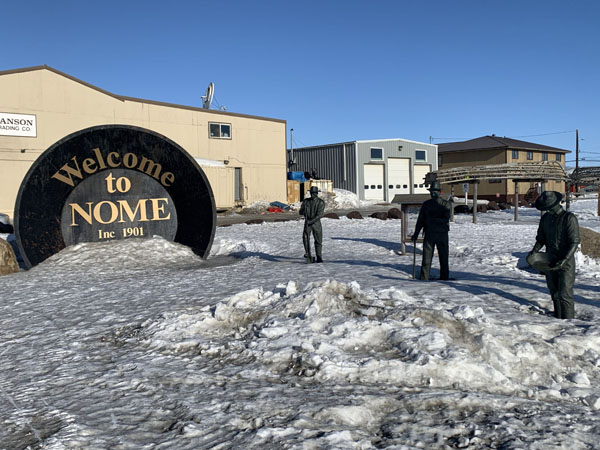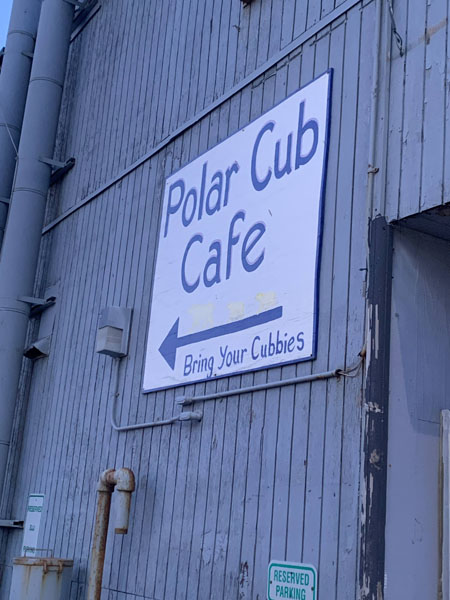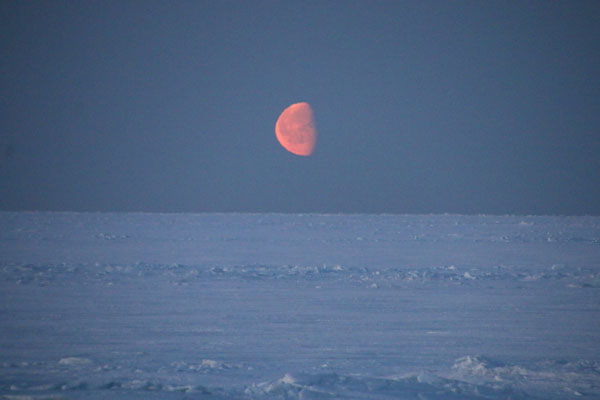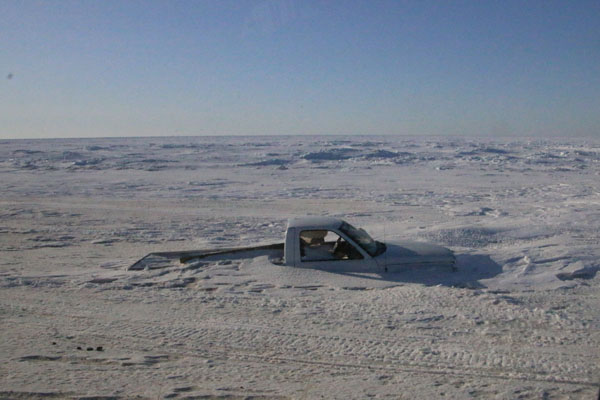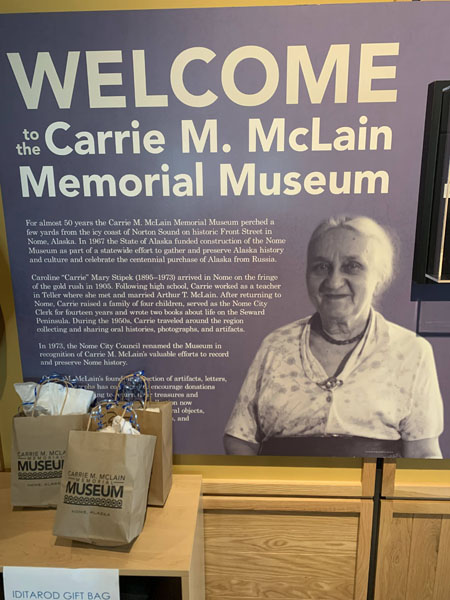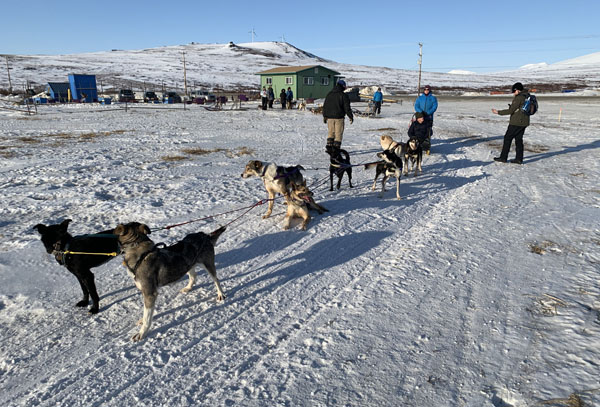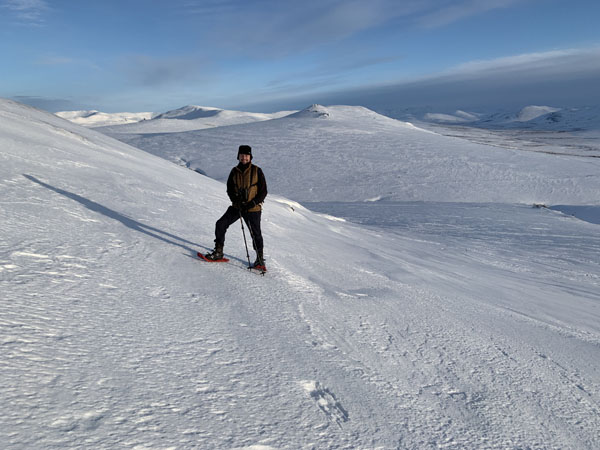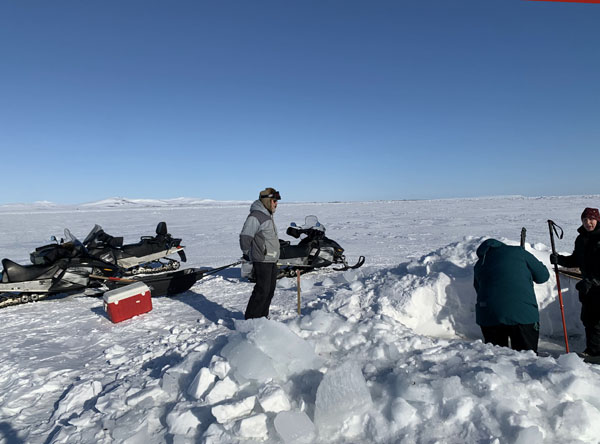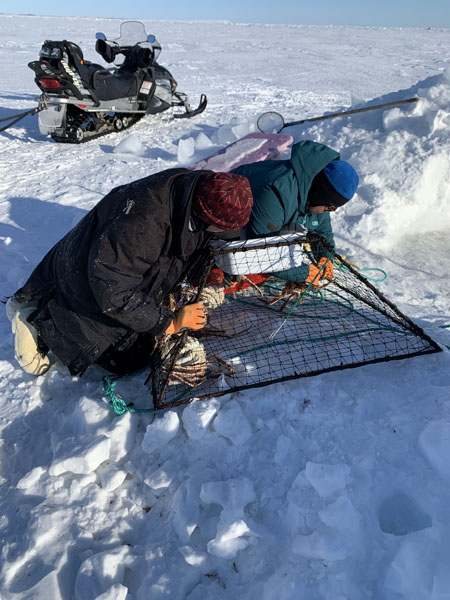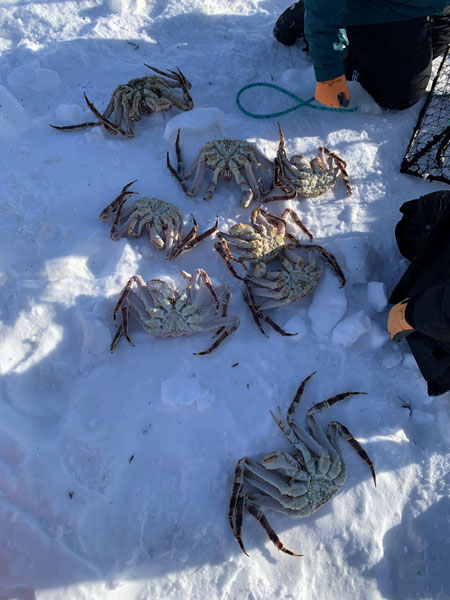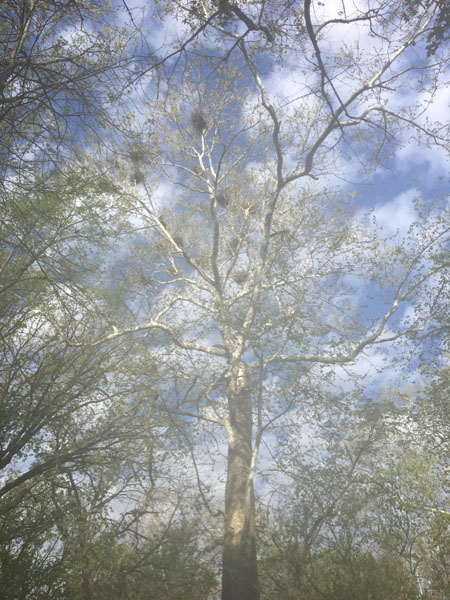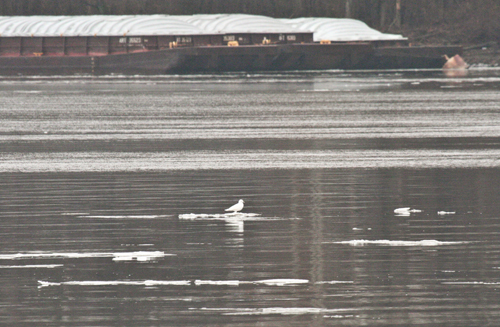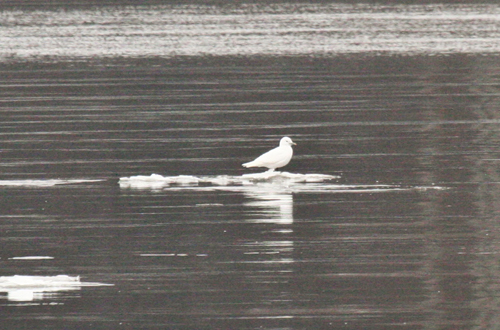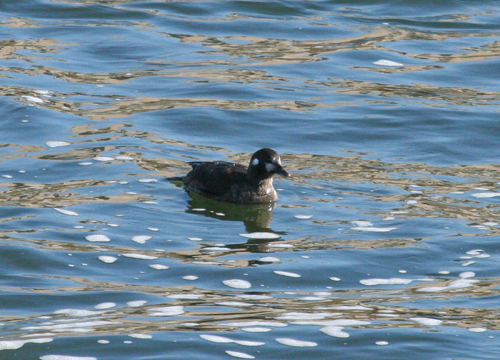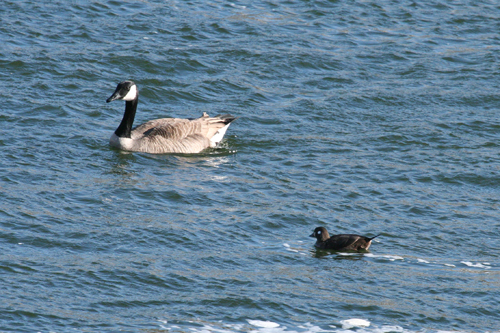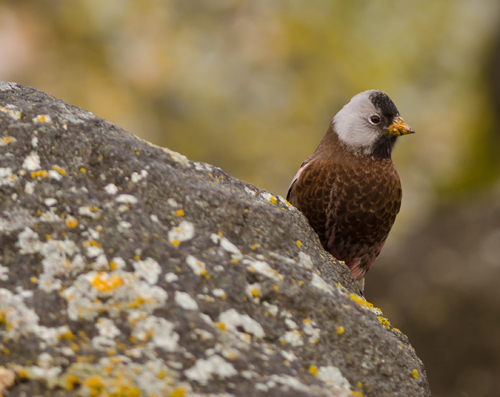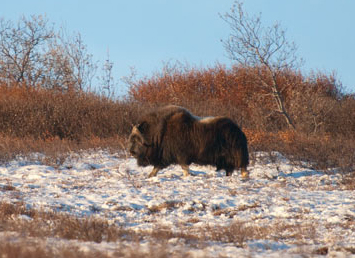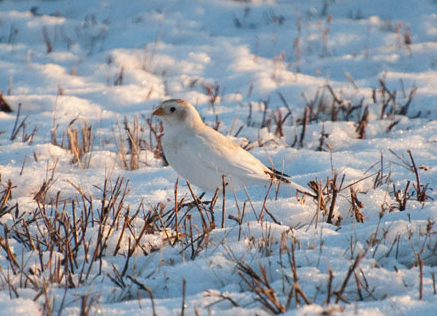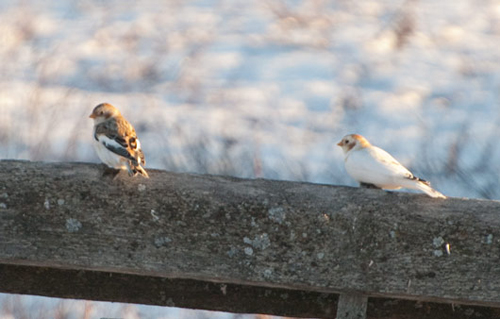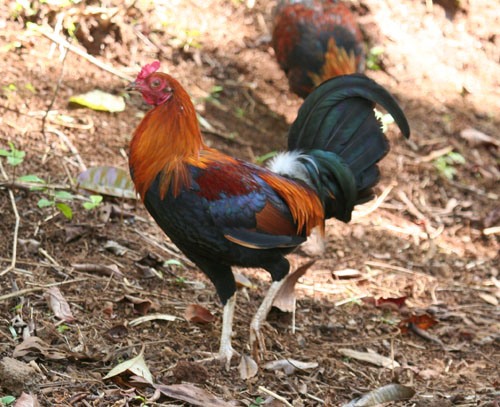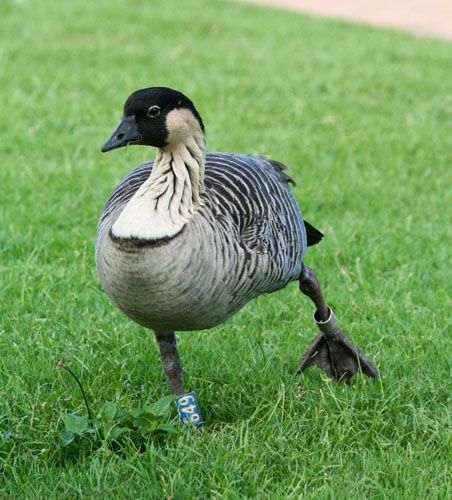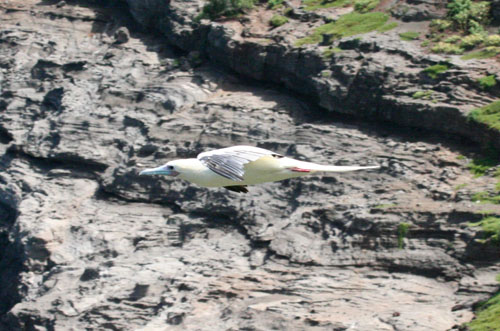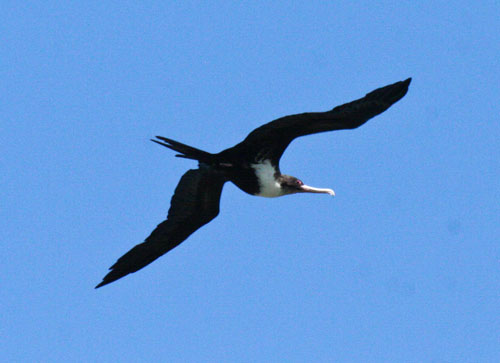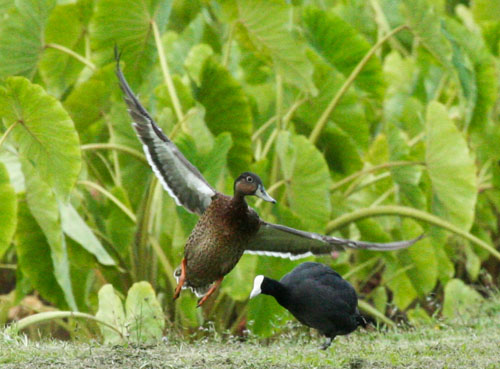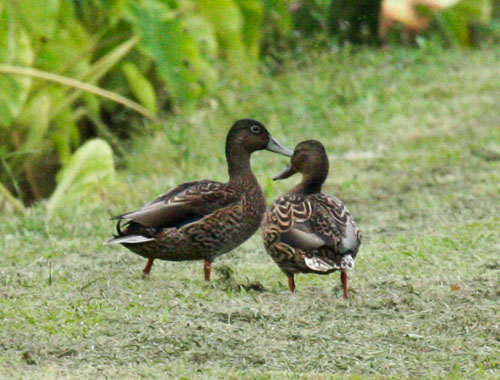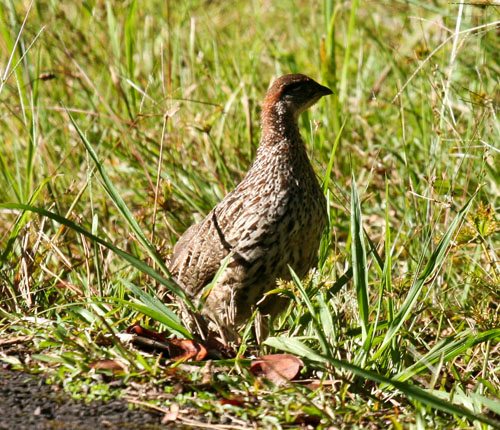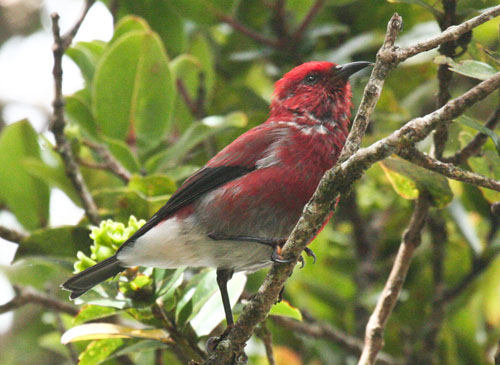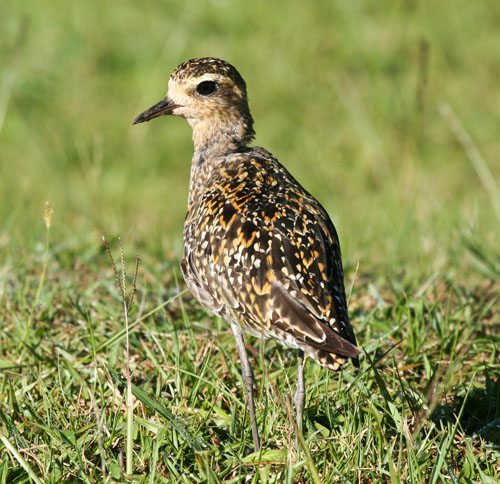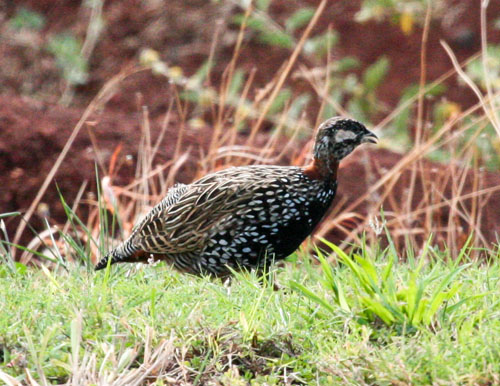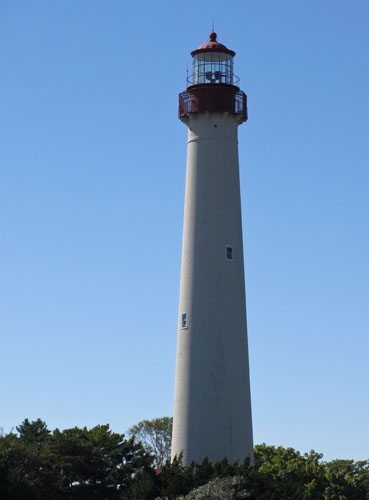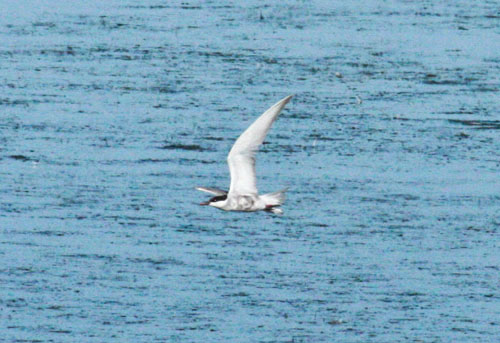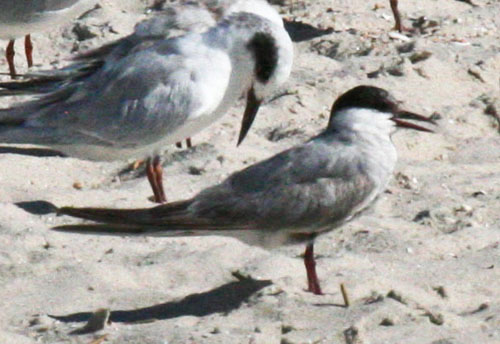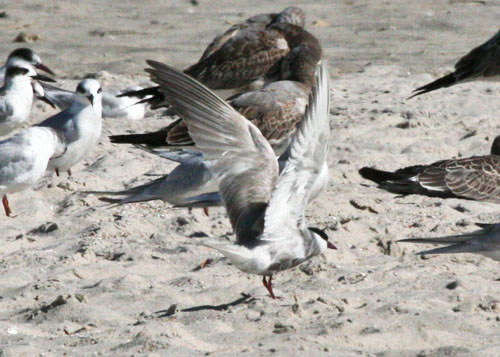Adam and I flew from Kansas City to Phoenix, arriving there about 7:30 p.m. on Sunday, June 19. We rented a car, drove to Tucson to find the hotel recommended by our guide, Jake Thompson, arriving after 10:00 p.m. He met us about 5:00 a.m. the next morning (Day 1, Monday, June 20) on the road to Mount Lemmon, not far from Tucson. We birded along the way, with the main goal of finding (what for me would be North American life bird number 772), a Pine Flycatcher which has been hanging around in Rose Canyon. I think this is just the 2nd time a Pine Flycatcher, usually found only in Mexico, has been seen north of Mexico.
The drive to Rose Canyon included a stop in a parking area where we were treated to an excellent selection of western warblers: Painted Redstart, Grace’s, Olive, and this Red-faced Warbler:
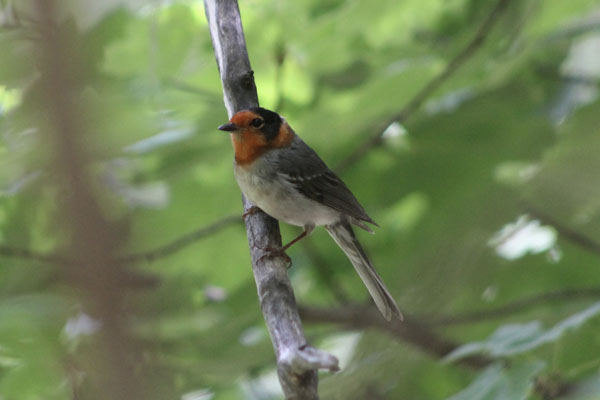
We had a long and difficult walk up the canyon, culminating in a steep upward climb to a pine stand from which Jake had heard the target bird, the Pine Flycatcher, calling, and where I, after much effort, was able to ID this most unusual and very difficult bird. No decent picture was possible. I survived the climb, (which was more of a crawl), up the mountain. About half way up I was ready to quit, until Jake said I would not have to descend on foot, because there was a road at the top where he would pick me up. The time waiting at the top included a Spotted Towhee and a visit with a local resident looking for the Pine Flycatcher. I hope my directions led her to the bird.
From the Tucson area Adam and I drove to Patagonia, planning to meet Jake for owling that night. We arrived early afternoon and found our lodging, the rustic Spirit Tree Inn, a couple of miles out of town. The Spirit Tree Inn was developed on Harshaw Creek Road a few miles from Patagonia almost 100 years ago. The current owners, Mary Jane and Tom, operate it without outside help. No one was around when we arrived, so we waited and as we waited we saw many birds. It was not long until someone came with a key to let us in. Species for the whole day numbered about 45, including the owling, for which Jake arrived about 7:00 p.m. In addition to those mentioned above, these included: Gambel’s Quail, Zone-tailed Hawk (Adam and Jake only), Cooper’s Hawk, Anna’s Hummingbird, Acorn Woodpecker, Hairy Woodpecker, Cordilleran, Vermilion, and Ash-throated Flycatchers, Warbling Vireo, Steller’s Jay, Common Raven, Violet-green Swallow, White-breasted, Red-breasted and Pygmy Nuthatches, House Wren, Hermit Thrush, American Robin, Phainopepla, Western Tanager (Adam and Jake only) , Canyon Towhee, Black-throated Sparrow, Yellow-eyed Junco, Black-headed Grosbeak, Pyrrhuloxia, Pine Siskin, Blue Grosbeak, Ladder-backed Woodpecker, Gila Woodpecker, White-winged Dove, Eurasian Collared Dove, Cardinal, Brown-headed and Bronzed Cowbirds, and Lesser Goldfinch.
Others seen, I think all on Day 1, including a few that Adam and I saw at the Inn but later seen and photographed by Jake, are pictured below:
Sulphur-bellied Flycatcher
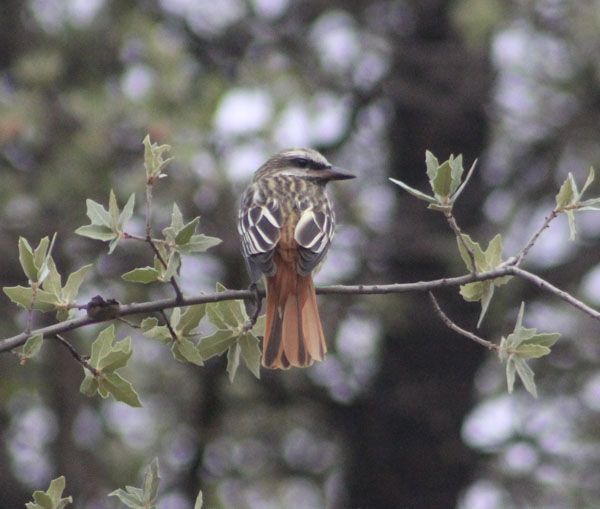
Blue Grosbeak
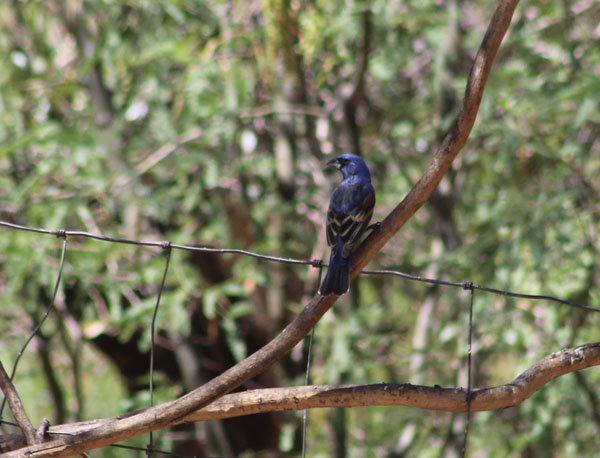
Varied Bunting
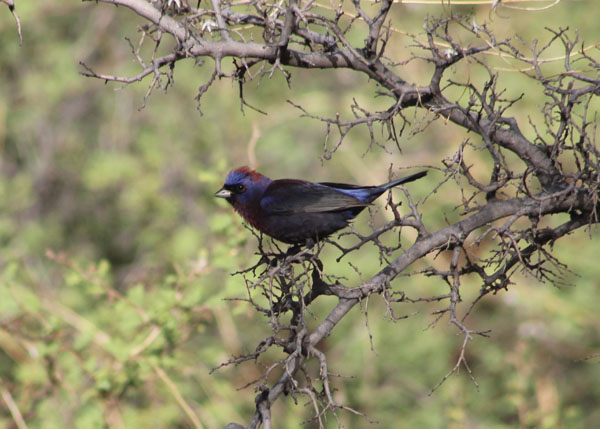
Day 2, Tuesday, June 21, we were on the road at 4:30 a.m. to drive to Madera Canyon to meet Jake. Tom fixed a hot take-along breakfast for us. Later we birded the foothills near Madera Canyon. Birds seen today included: Gray , Red-tailed and Swainson’s Hawks, Mourning Dove, Common Ground Dove, White-throated Swift, Rivoli’s, (formerly Magnificent), Black-chinned and Broad-billed Hummingbirds, Black Phoebe, Say’s Phoebe, Ducky-capped, Cassin’s and Tropical Flycatchers, Bell’s Vireo, Mexican Jay, Barn Swallow, Bridled Titmouse, Verdin, Northern Mockingbird, Lucy’s and Yellow Warblers, Yellow-breasted Chat, Rufous-winged, Five Striped, and Song Sparrows, Great-tailed Grackle, Hooded Oriole, Berryline Hummingbird (Adam and I only), and House Sparrow. In addition we saw and Jake photographed the following:
Elegant Trogon (in Madera Canyon)
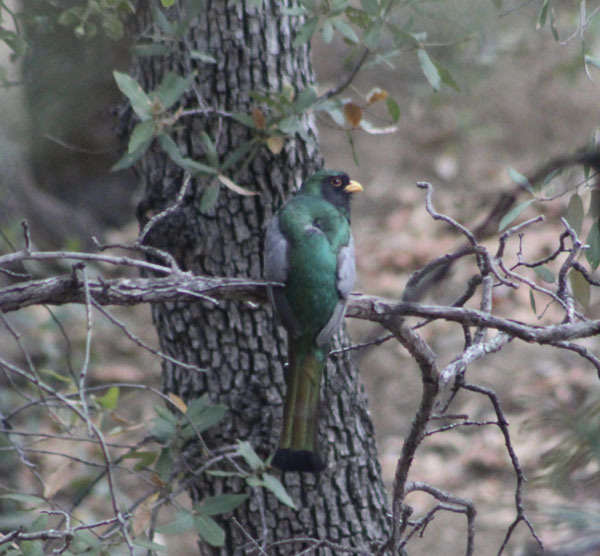
Botteri’s Sparrow (in the foothills leaving Madera Canyon)
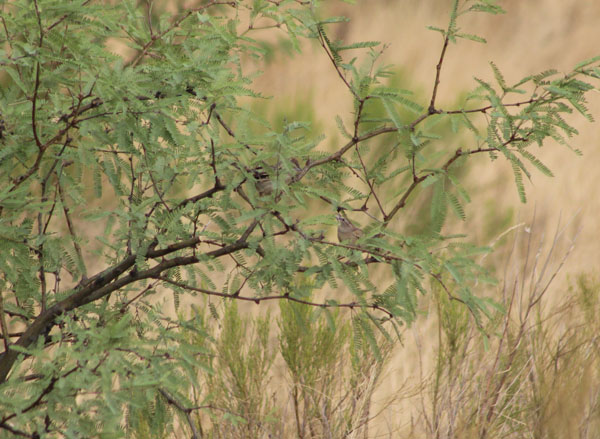
Canyon Wren (in Montasa Canyon southwest of Santa Rita Mountains)
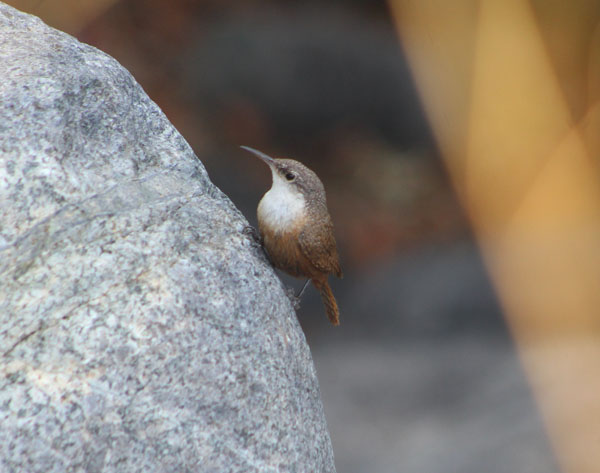
Rose-throated Becard (near Patagonia) (my 2nd North American life bird of the trip, # 773)
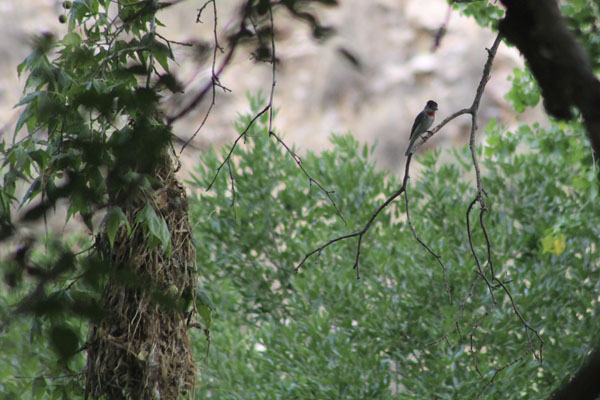
Thick-billed Kingbird
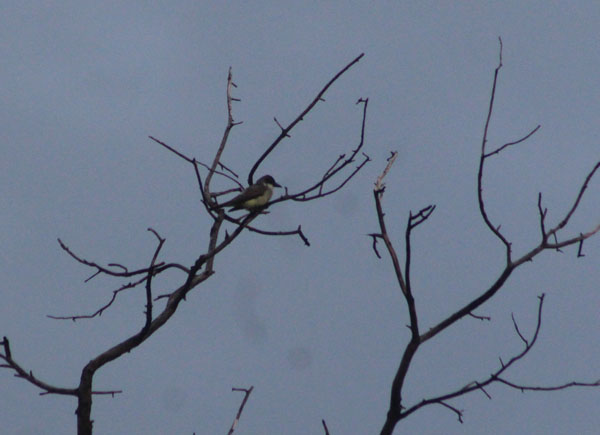
Western Screech Owl
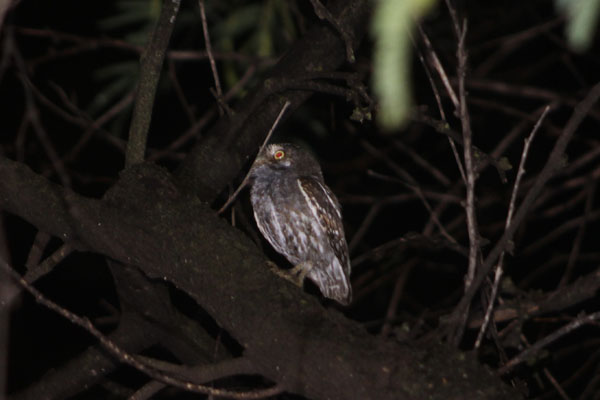
Violet-crowned Hummingbird
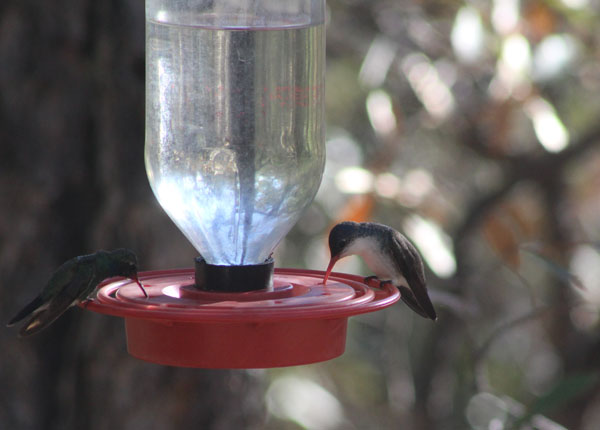
Day 3, Wednesday June 22, we were again up at 4 and on the road by 4:30 with a hot take-along breakfast for our drive to Beatty’s Guest Ranch at Miller Canyon. There we were treated to an excellent set up for hummingbirds, and a hike before heading for Ash Canyon Bird Sanctuary where we saw many birds including this:
Lucifer’s Hummingbird.
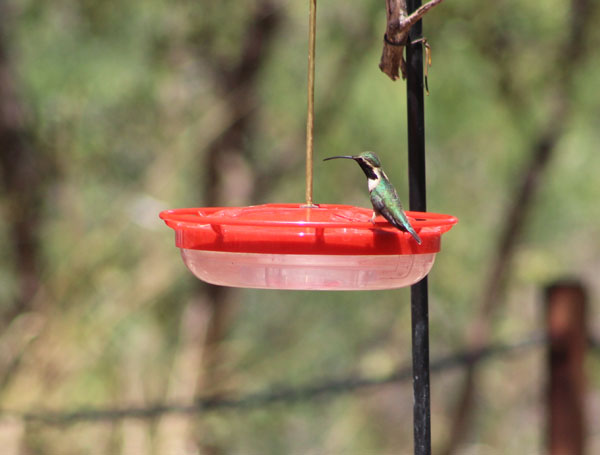
[As of Day 3 fatigue set in and my listing of the daily species seen faltered. The rest of this Blog pretty much lumps Days 3, 4 and 5, June 22, 23 and 24, together.] Some of the birds (and a couple of other creatures) seen during these Days 3, 4, and 5 follow:
Sonoran Mountain Kingsnake
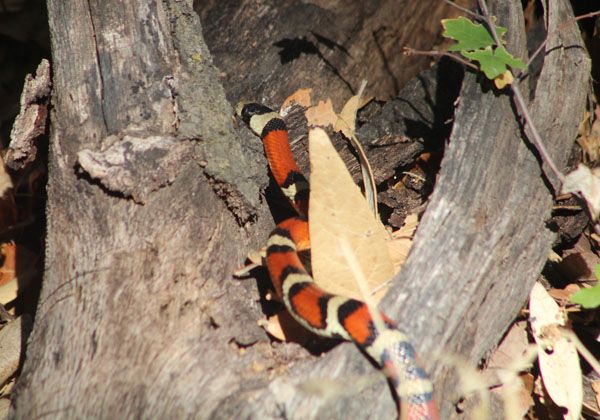
Inca Dove
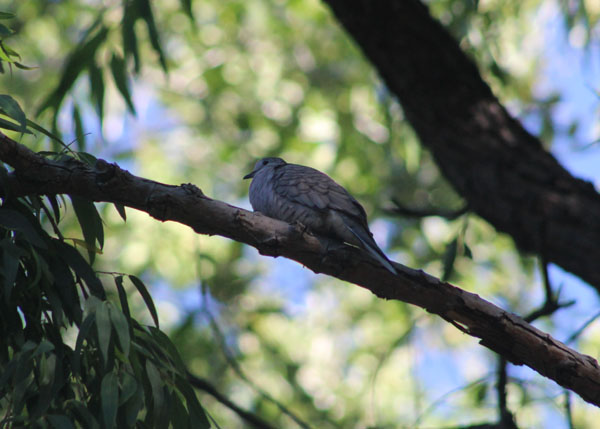
Curve-billed Thrasher
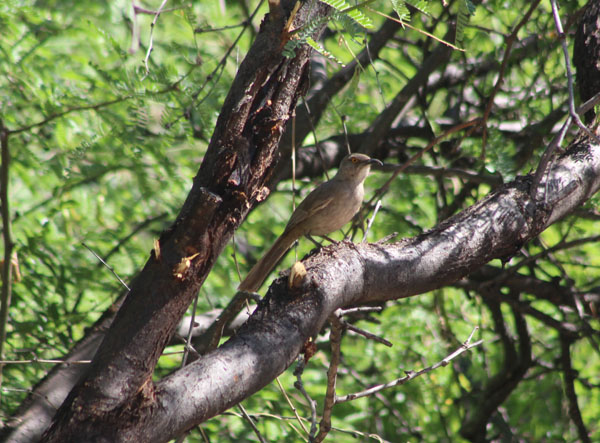
“Mexican” Duck (split from Mallards in 2020. The drake looks like a female Mallard)
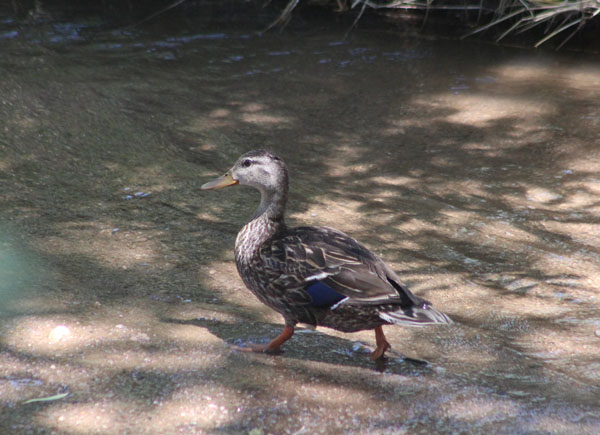
Black-tailed Jackrabbit

Northern Beardless Tyrannulet
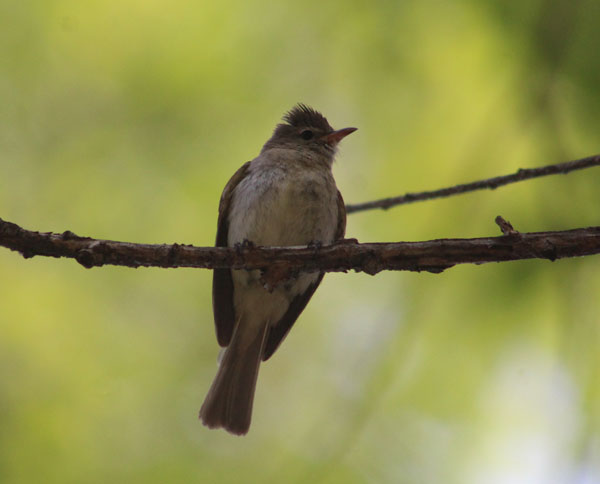
Scaled Quail
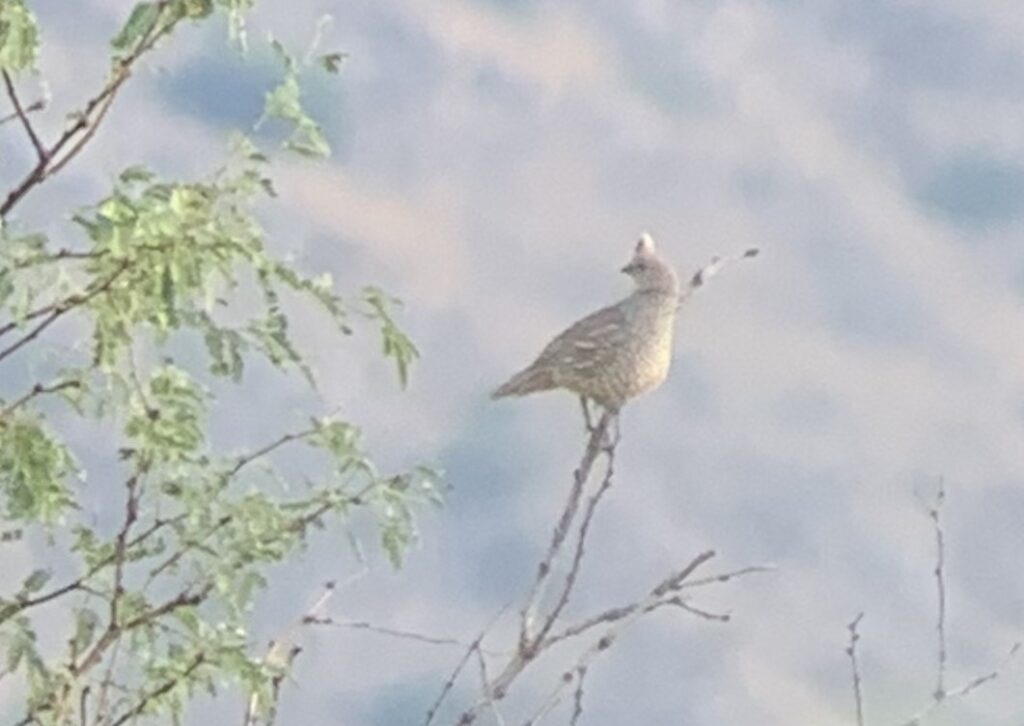
A little history: I went “of counsel” (semi-retired) at my law firm at the end of 1999, having attained the great old age of 65 at that time. From then on I have indulged my life-long passion for birding. My first organized trip was in 2000 to this same southeast Arizona. I was then with guide Stuart Healy and 6 other participants. This first trip was slightly earlier in the year, starting May 25 and ending June 4, and of a longer duration, a total of 10 days. In addition to south-central and southeast Arizona, which was the focus of this trip in 2022, in 2000 I also birded the White Mountains. On that first trip I saw a total of 185 species of which 93 were “new” for me.
Jake’s trip report shows 145 species seen during our trip, not bad at all, especially considering the shorter time frame and more restricted area covered. I am pretty sure that I did not see at least 15 of the birds he lists well enough to consider them seen, so my personal total for this trip would be about 130. Now, 22 years after trip # 1, only the Pine Flycatcher and Rose-throated Becard were new species for me. I was not aware until later that the Mexican Mallard had been split in 2020, an easy addition to my life list. This was Adam’s first professionally guided North American Birding Tour. He added about 93 species to his life total. Jake is an excellent guide and good companion and I highly recommend him for any Arizona custom birding tour.
Our trip concluded with a dinner with dear old friends, Bill and Francia Koehn on Friday night, June 24. Bill is a friend from law school (1957-1958), the Navy (1958-1961), and we then practiced law together at Davis, Brown, Koehn, Shors and Roberts for over 50 years. He retired soon after I did, and he and Francia moved west, ultimately settling in Arizona. He and Francia joined us for dinner in Surprise, Arizona. It was a wonderful evening. Francia was a professional music teacher, and my daughter, Adam’s wife Clarissa, was one of her vocal students in the church choir she trained. Small World After All.
I am looking forward to our next birding venture, but as of now, no plans.

